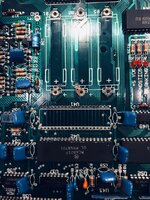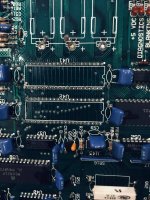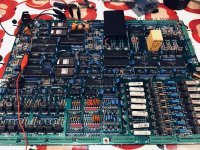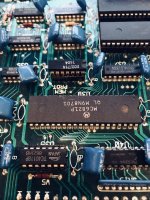So my other unseen ebay purchase (in addition to the Bally Gold ball), was this Cirsa Pinbot. I am not really a fan of pinbot, but I want to get some experience on fixing SS Williams machines, so this is my first one.
Seller reported that machine more or less working, but CPU failing to boot. I figured this would be a good learning exercise.
Pics:
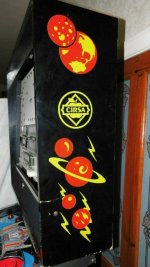
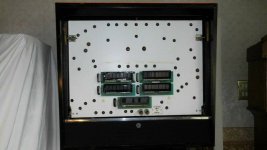
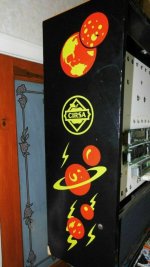
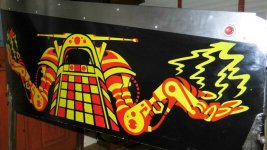
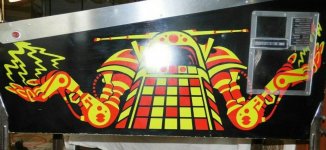
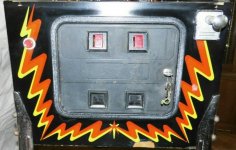
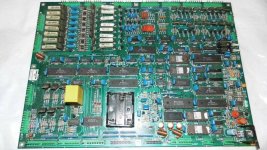
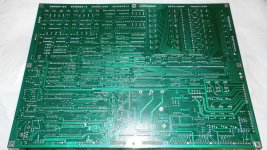
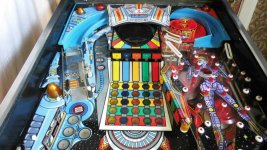
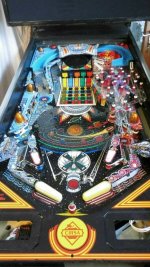

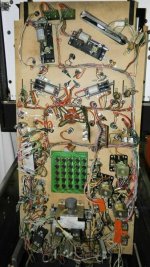
Sellers pics above.
Looks pretty tidy and after an initial check of the wiring - everything looked ok and based on sellers detailed description of the current fault. I switched it on. Majority of pf lights and backbox lights GI come on - cpu doesn't boot - as expected.
Further investigation (I had to do some research on Williams Sys 11A cpu boards) - there are 3 leds. First one is to signify that +5v is present. Unfortunately it isnt lighting up.
Decided to start from scratch and go back to basics - so starting with the Power supply board.
It is not putting out any +5v at all. the +12v and -12v liens are ok. So I checked all the fuses - all ok
Next I checked the AC going into the Bridge recitifer - OK
the the output coming out of the Bridge - Good solid DC supply.
So something up with the rest of the 5V circuit.
I guess the big power transistor or the voltage regulator chip are the most likely suspects:

More testing / investigation tonight......
Seller reported that machine more or less working, but CPU failing to boot. I figured this would be a good learning exercise.
Pics:












Sellers pics above.
Looks pretty tidy and after an initial check of the wiring - everything looked ok and based on sellers detailed description of the current fault. I switched it on. Majority of pf lights and backbox lights GI come on - cpu doesn't boot - as expected.
Further investigation (I had to do some research on Williams Sys 11A cpu boards) - there are 3 leds. First one is to signify that +5v is present. Unfortunately it isnt lighting up.
Decided to start from scratch and go back to basics - so starting with the Power supply board.
It is not putting out any +5v at all. the +12v and -12v liens are ok. So I checked all the fuses - all ok
Next I checked the AC going into the Bridge recitifer - OK
the the output coming out of the Bridge - Good solid DC supply.
So something up with the rest of the 5V circuit.
I guess the big power transistor or the voltage regulator chip are the most likely suspects:

More testing / investigation tonight......
Last edited:


